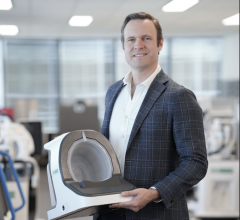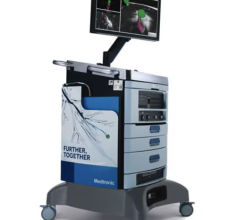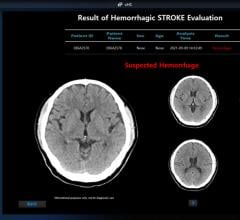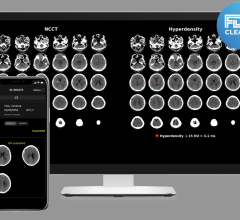
June 1, 2016 — A person is admitted to the hospital with a stroke, but not much is known about whether or not that patient will undergo neuroimaging.
A team led by Achala Vagal, M.D., associate professor at the University of Cincinnati (UC) College of Medicine and a UC Health radiologist, wanted to see whether differences in race, sex and/or age mattered when it came to neuroimaging use. These findings, which showed a difference for young patients, men and African-Americans, were presented at the American Society of Neuroradiology’s (ASNR) annual meeting, May 23-26 in Washington, D.C.
“Rates of diagnostic workup in stroke have increased over time; however, less is known about differences in utilization of neuroimaging for stroke from a population perspective,” she said. “In this study, we found that age, sex and race do matter as far as neuroimaging use is concerned.”
This study used data from the National Institutes of Health (NIH)-funded Greater Cincinnati/Northern Kentucky Stroke Study for which UC Department of Neurology’s Brett Kissela, M.D., and Dawn Kleindorfer, M.D., are co-principal investigators. The dataset includes cases from hospitals, clinics, coroners’ offices, nursing homes and physician offices from a five-county region that is representative of the United States for age, percentage of African-American residents, median income and educational level. Patient charts and imaging records from stroke patients in calendar years 2005 and 2010 were pulled by research nurses and reviewed by study physicians. The proportion of imaging use within two days of stroke occurrence or hospital admission date — including head computed tomography (CT) without contrast, head magnetic resonance imaging (MRI), CT angiogram, MR angiogram and carotid ultrasound — was calculated.
Researchers also calculated odds of using advanced imaging, adjusting for insurance, the baseline using the NIH stroke scale, patients who came to the emergency room first and the hospital type — academic versus community hospital.
“In 2005, there were 3,471 stroke or mini-stroke (transient ischemic attack) events with imaging data available in 3,226 patients, and in 2010, there were 3,431 events with imaging data in 3,213 patients,” Vagal says. “We found that a higher proportion of males received MRI, 55 percent versus 51 percent, and MR angiogram, 36 percent versus 31 percent, as compared to females in both 2005 and 2010, with no gender differences in use of the other imaging techniques.
“A higher proportion of African-Americans received head CT imaging without contrast, 96 percent versus 92 percent, MRI, 59 percent versus 51 percent, and MR angiogram, 41 percent versus 31 percent, as compared to Caucasians with no racial difference in the other imaging modalities. All imaging use except CT without contrast and carotid ultrasound was higher in younger patients, aged less than 55 years, as compared to older patients.”
The odds of receiving advanced imaging was higher in younger patients (less than 55-years-old), African-American patients and patients who came to an academic center or were seen by a stroke team/neurologist. She says results also showed that odds of receiving a head CT scan without contrast did not differ significantly by age, sex and race.
“The differences discovered in this study may be partly driven by age, with younger patients getting more extensive workups and partly by access to stroke expertise,” she says. “However, further understanding of the contributors can provide an important basis for newer lines of inquiry into environmental, socioeconomic and access to healthcare issues.”
For more information: www.asnr.org


 October 22, 2025
October 22, 2025 









